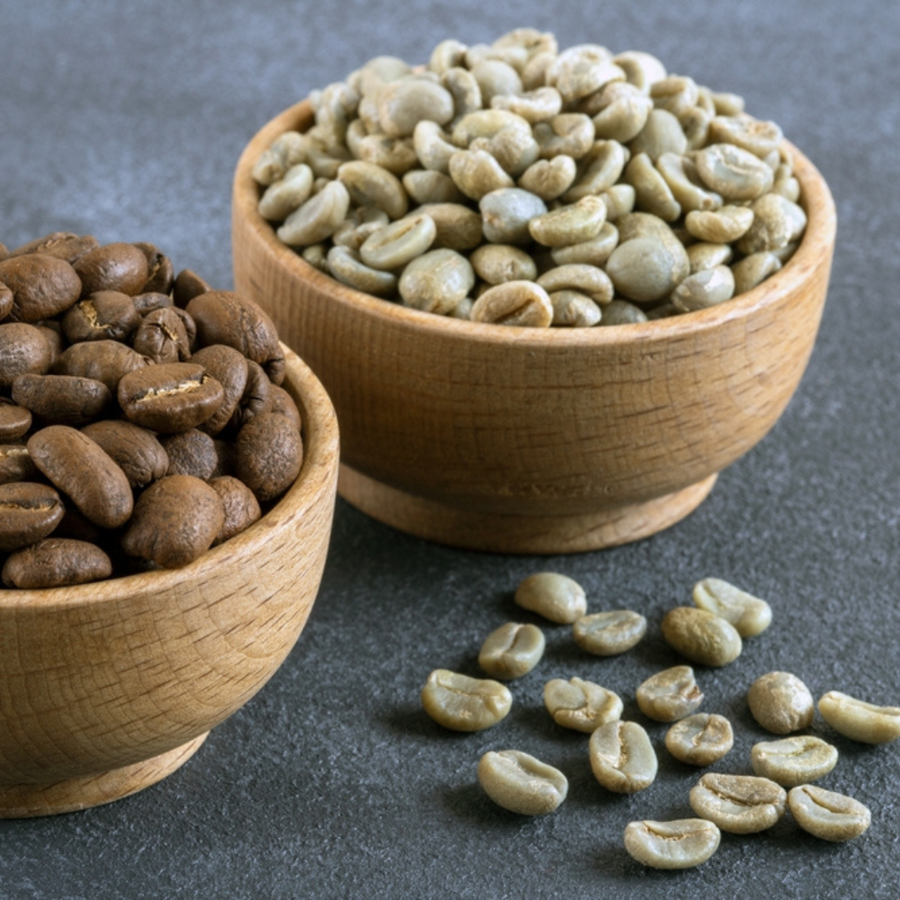
Differences Between Specialty Grade Coffee and Commodity Grade Coffee
Understanding the Differences Between Specialty Grade Coffee and Commodity Grade Coffee
Coffee is a global commodity, enjoyed by millions every day. However, not all coffee is created equal. There are significant differences between specialty grade coffee and commodity grade coffee. This distinction affects everything from the way coffee is grown and processed, to how it is traded and priced in the global market.
Specialty Grade Coffee vs. Commodity Grade Coffee
Quality and Grading
Specialty grade coffee is defined by its quality, which is determined by a rigorous grading system. The Specialty Coffee Association (SCA) has established a standardised scoring system, where coffees scoring 80 points or above (on a 100-point scale) are classified as specialty coffee. This grading is based on factors such as flavour, aroma, acidity, and lack of defects.
Commodity grade coffee, on the other hand, does not undergo such stringent quality checks. It often includes beans with various defects and inconsistencies, resulting in a more uniform but less nuanced flavour profile.
Q Graders
A critical component in the grading process of specialty coffee is the role of Q Graders. Q Graders are certified professionals who have undergone extensive training and testing to evaluate coffee based on its sensory attributes. They use standardised protocols to score coffee, ensuring consistency and accuracy in quality assessments. This certification is recognised globally, and Q Graders play a pivotal role in maintaining the high standards of specialty coffee.
Trading and Pricing
The C Price
The price of coffee, including both commodity and specialty grades, is influenced by the "C price," which is the benchmark price for coffee traded on the New York Coffee Exchange. This price fluctuates based on supply and demand dynamics in the global market and can be influenced by factors such as weather conditions, geopolitical events, and market speculation. Recently, the Australian dollar has been low, and the C price has been high, impacting the overall cost and pricing strategies for coffee globally.
Growing and Processing
Specialty coffee is typically grown in specific regions known for their ideal climate and soil conditions. These regions, such as Ethiopia’s Yirgacheffe or Colombia’s Huila, are renowned for producing beans with unique and desirable flavour profiles. The processing methods for specialty coffee are also carefully controlled to enhance the coffee's inherent qualities.
Processing Methods
Washed (Wet) Process:
- Pulping: The coffee cherries are de-pulped to remove the outer fruit layer.
- Fermentation: The beans are then placed in water to ferment, which helps remove the mucilage.
- Washing: After fermentation, the beans are thoroughly washed to remove any remaining mucilage.
- Drying: The beans are dried to a moisture content of about 10-12%. This can be done on drying beds, patios, or in mechanical dryers.
- Parchment Stage: During drying, the beans are encased in a papery husk called parchment. This stage is crucial for stabilising the moisture content and protecting the bean.
- Hulling: Just before export, the parchment is removed in a process called hulling, leaving the green coffee bean ready for shipment.
Natural (Dry) Process:
- Drying: The whole cherries are laid out to dry in the sun, usually on raised beds or patios. This can take several weeks.
- Fermentation: As the cherries dry, natural fermentation occurs, imparting fruity and complex flavours to the beans.
- Parchment Stage: The beans remain inside the dried cherry husks, which are later removed during hulling.
- Hulling: The dried cherries are hulled to remove the outer fruit and parchment, revealing the green coffee beans.
Honey Process:
- Pulping: The outer skin of the cherry is removed, but some or all the mucilage (the sticky fruit layer) is left on the beans.
- **Drying**: The beans are then dried with the mucilage intact. The amount of mucilage left on the bean can vary, leading to different "honey" levels (black, red, yellow).
- Parchment Stage: The beans dry in their parchment, with the mucilage adding sweetness and complexity.
- Hulling: Once the desired moisture content is reached, the parchment and any remaining mucilage are hulled away.
Moisture Content and Quality
Maintaining the correct moisture content is crucial for preserving the quality of coffee. During drying, the beans must be carefully monitored to ensure they reach the optimal moisture content of around 10-12%. This prevents mould growth and preserves the beans' flavours during storage and shipping. Before hulling and shipping, coffee must be at the correct moisture level to avoid degradation. Coffee that is too wet can spoil, while coffee that is too dry can become brittle and lose its flavour. Therefore, achieving and maintaining this balance is essential for high-quality coffee.
Coffee Estate Examples
Specialty Coffee Estates
Finca El Injerto in Guatemala is renowned for its meticulous farming and processing methods. The estate has won numerous awards and is known for producing beans with complex flavours and exceptional quality.
Hacienda La Esmeralda in Panama is famous for its Geisha coffee, which is highly prized for its unique and floral flavour profile. The estate’s dedication to quality has made it a benchmark in the specialty coffee industry.
Commodity Coffee Producers
Vietnamese Coffee Farms: Vietnam is one of the largest producers of commodity coffee, primarily growing Robusta beans. The focus is on high yield and low cost, resulting in a product that is widely used in instant coffee and commercial blends.
Chinese Coffee Farms: China has been rapidly increasing its coffee production, primarily in the Yunnan province. While there is a growing segment of specialty coffee producers, much of the coffee grown is still considered commodity grade, focusing on high yield and cost efficiency. This coffee often finds its way into mass-market blends and instant coffee products.
Understanding the differences between specialty grade coffee and commodity grade coffee is essential for appreciating the value and effort that goes into each cup. Specialty coffee represents the pinnacle of quality and sustainability, offering unique flavours and supporting the livelihoods of dedicated coffee farmers. Commodity coffee, while more affordable, lacks the same level of care and quality, serving a different segment of the market. As consumers, our choices can drive positive change in the coffee industry, encouraging a move towards more sustainable and high-quality coffee production.
